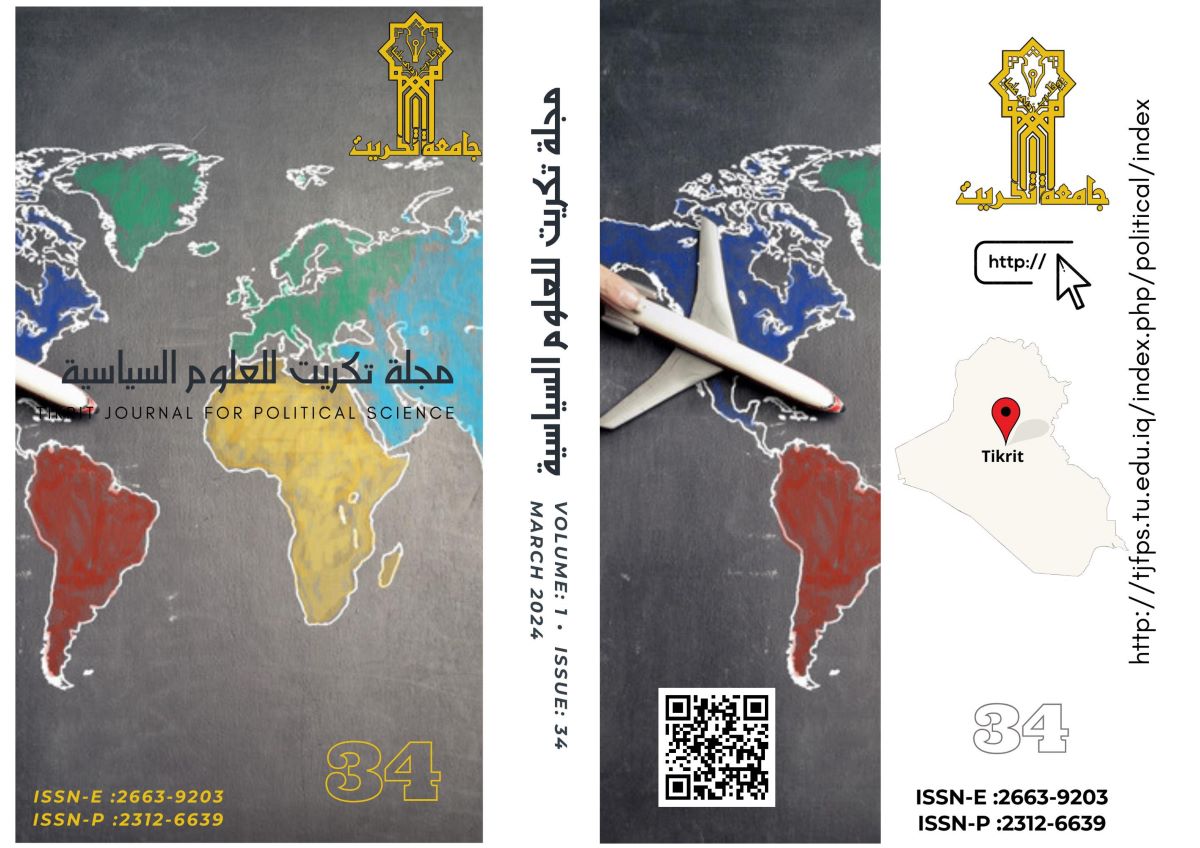Iraq’s Human Security and the Challenges of the Rapid Population Growth
DOI:
https://doi.org/10.25130/tjfps.v1i34.296Abstract
Abstract
Iraq is going through a rapid population growth resulting from high birthrate and fertility compared to regional and international rates. Iraq’s annual population growth is estimated at 2.55, while the country’s fertility stands roughly at 3.5 births per woman. It is projected that Iraq’s population will reach around 50 million by 2030. This increase in Iraq’s population, especially when the majority of Iraq’s population is youth, has perilous impacts on Iraq’s human security. Challenges emanating from population growth and demographic transformation overlap and feed into an array of economic, social, security, and environmental problems that Iraq is already facing. Iraq’s economy which relies almost entirely on oil revenues is not capable of creating enough job opportunities to accommodate the increasing number of Iraq’s labour force. Also, the growing population is putting immense pressure on the country’s debilitated infrastructure and limited public services. Population growth puts pressure on the authorities to keep up with the people needs of millions of citizens for housing, health, and education. Population growth is straining Iraq’s natural resources when climate change and water scarcity are causing drought, destruction of arable land and demise of food crops. Finally, the loss of prospects for the future and lack of job opportunities are driving Iraqi youth to either migrate or resort to violence and organized crime.





